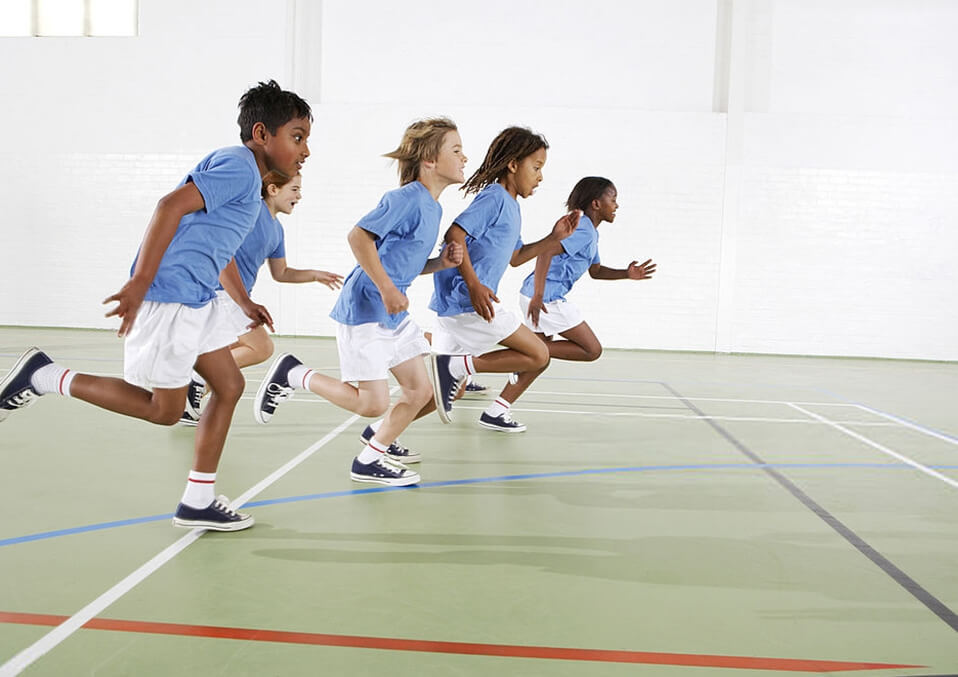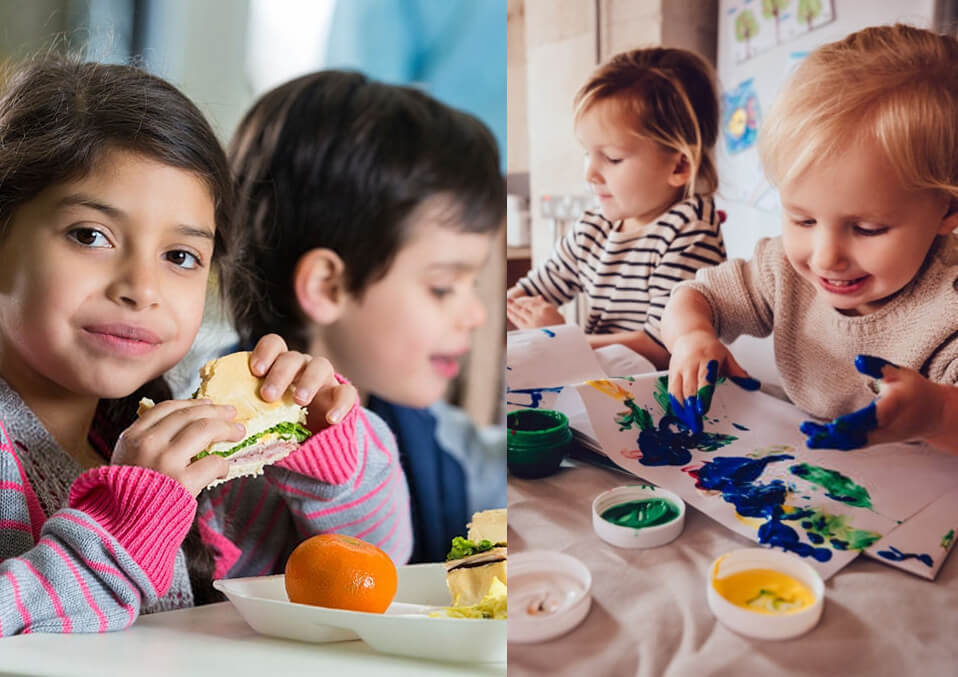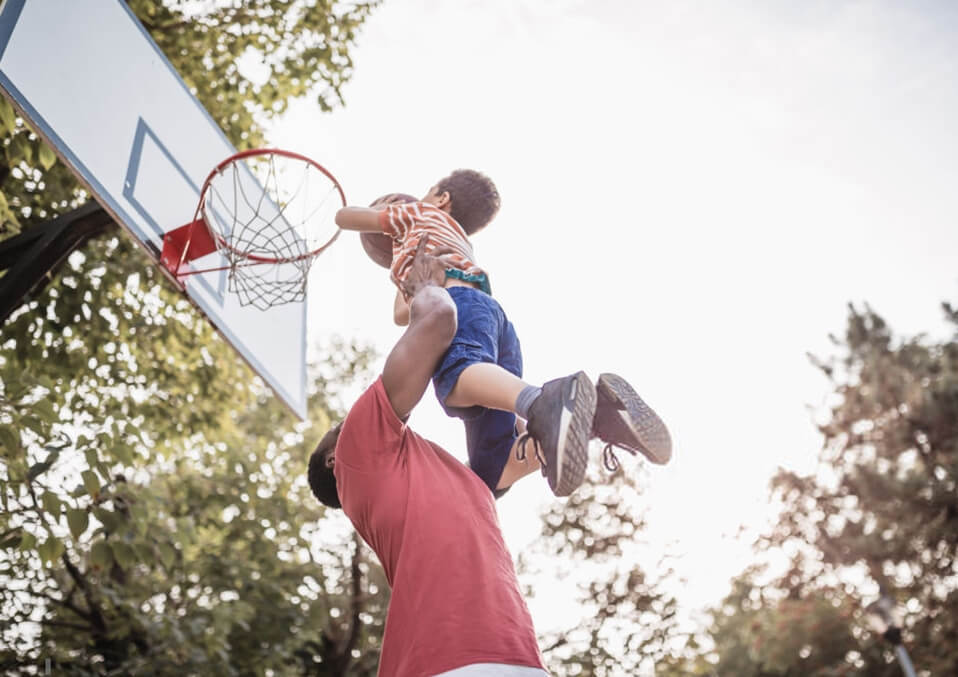
So, how to build endurance in toddlers and preschoolers? Muscle endurance is how robust the kid is, and muscular endurance is how long the kid’s muscles can act.
Muscular strength is the power to use strength against endurance. Using force may or may not imply there’s shifting of the joints or body. It can be that you bring an object before your eyes and you contract your strengths, but there’s no change as your arms neither elevate nor dropping. This is what you call isometric contraction. When the biceps contract and there’s change at a joint like a bicep curl, this is called isotonic contraction.
Muscular endurance is the capability of the muscles to apply force constantly. Muscular endurance seems like muscular strength in that power is needed to start changes, but it’s the muscle endurance capability that allows it to pursue various efforts.
How to build children’s stamina? Why strength and endurance essential?
Strength and endurance are vital to allow kids to do daily functions such as motor skills (e.g. cleaning teeth, gripping a pencil correctly), sporting skills (e.g. hitting a ball with a bat, throwing, catching), and what are examples of gross motor skills (e.g. running, walking, skipping, and climbing). Muscular endurance supports keep proper stance all day.
Increase athletic stamina and endurance promotes a better metabolism, which improves caloric intake both while working and resting, which in return decreases the danger of obesity. Also, always remember that when a kid has good endurance cardio, possibly they have stronger ligaments, tendons and joint health which decreases the threat of chronic injury.
How can I determine if my child lacks stamina?

A kid with issues with cardiovascular capacity might:
Delay in reaching growth milestones and weak core children (crawl, sit, walk, run and jump).
The child lacks stamina, move uncomfortably and lacks in smooth body changes and looks clumsy.
Avoid cardiovascular endurance workouts.
Take part in strength and endurance training for kids for a short period since they have low endurance.
Unable to participate in fun muscular endurance activities(catching, jumping, kicking, etc.).
Difficulties in doing activities safely.
Must apply more energy and effort than their friends to accomplish endurance cardio.
Wear out frequently upon fun muscular endurance activities.
Always complain of aching joints or limbs.
Hard to stand up and get down from the floor.
Unable to maintain stance while sitting down on the ground or at a table.
When a kid has problems with muscle development in childhood, they might also have a problem with:

Self-care involves daily activities undertaken to be prepared to join in life activities such as eating, dressing, cleaning teeth, etc.
Drawing and writing for long hours.
Motor handling activities like holding and moving pen and scissors with control, tying shoelaces and construction duties.
Posture control: The capacity to alleviate the neck and trunk to allow effective dexterity of the limbs for self-care or basic tasks
Low awareness level: The kid’s capacity to sustain vigilance allows them to adjust to vital information transform new info for education at all times.
Sensory procedure: The precise registration, understanding, and reaction to sensual motivation in the surroundings and their physique.
Eating and consuming food constantly.
Dribbling too much.
Read also: Teeth development in kids
Poor Speech: Clarity of language sounds and spoken linguistic.
Stability: The capability to sustain posture whether that’s stationary, energetic (changing) or rotating.
Synchronization: The capability to incorporate various movements into an effective movement.
Hand control: The constant use of one hand for task execution which lets developed skills to improve.
Pencil holding: The proficiency of how the pencil is carried and shifted to permit age suitable pencil control for writing or drawing.
Pre-writing Abilities: Pencil strokes that include most numbers, letters, and early sketches.
How to build endurance in toddlers and preschoolers?

Develop efficient muscle strength all over the body where the muscles are “soft”.
Increase athletic stamina: Improve the ‘core’ of the whole body to give a better body (especially chest) strength.
Streamline natural abilities into one or two-step elements to demonstrate the ability and then progressively incorporate extra components until the ability can be accomplished in its completeness.
Slowly improve the length and strength of the movement to improve cardiovascular capacity.
Read also: Poems that help kids behavior
Play sports fun: Select actions that the family can be engaged in or where kids are with their peers and they don’t realize they are physically working very hard (e.g. hiking, biking, riding and ice skating).
Workout schedules: Plan a set time where parents and kids take part in cardiovascular endurance workouts like yoga and other bodyweight exercises. Once in practice, it’s easier to continue.
Prizes: Use a prize chart for every exercise or workout that’s completed.
What are fun ways to develop endurance?
How to improve endurance in swimming? Swimming is a whole-body exercise that helps improve strength and endurance when a child lacks stamina as they continuously working against endurance in the water.
Hurdle course of action: Best workout for kids like obstacle course accomplishment improves stamina.
Balloon Tennis: How to exercise with a toddler at home? This task uses the strengths of the shoulder and improves stamina as the kid ‘hits’ the balloon over shoulder elevation frequently back to a peer.
Hopscotch for jumping, or another list of exercises for kids that support immediate exercise or skill routine.
Simon says for body recognition and change planning (praxis).
Read also: Education quotes for kids
Push-ups: These can be grouped from doing it against the wall to the elevated counter to on hands and knees and then eventually to on the floor on toes. This is an exercise that involves a big amount of tendon, so the benefits of physical play in the early years for this one exercise are huge.
Animal walks: Imitating to be different animals like bears, crabs, frogs or worms all these uses the kid’s body weight as endurance.
Playground swinging and climbing.
Throw bean bags: The extra weight of the bean bag when tossing helps improve muscle development in childhood.
Unstable exteriors: Climbing or walking over unstable exteriors (e.g. huge pillows) as it needs huge efforts and improves whole-body strength and cardiovascular endurance workouts.
Read also:
- How Many Weeks is a Normal Pregnancy?
- Keep up with your Toddlers with these Family Night Ideas
- Second Pregnancy Symptoms: How it Differs From the First?


